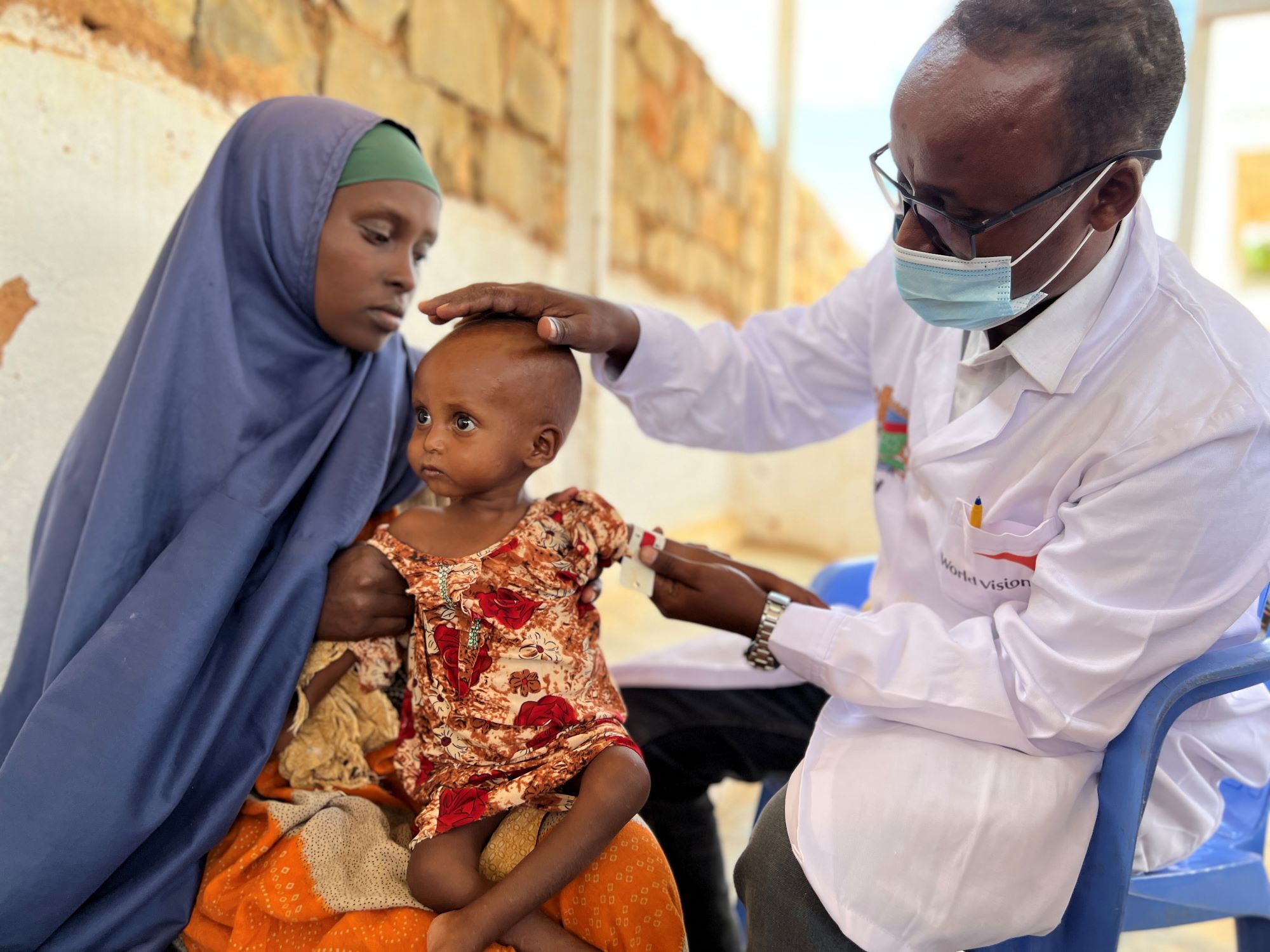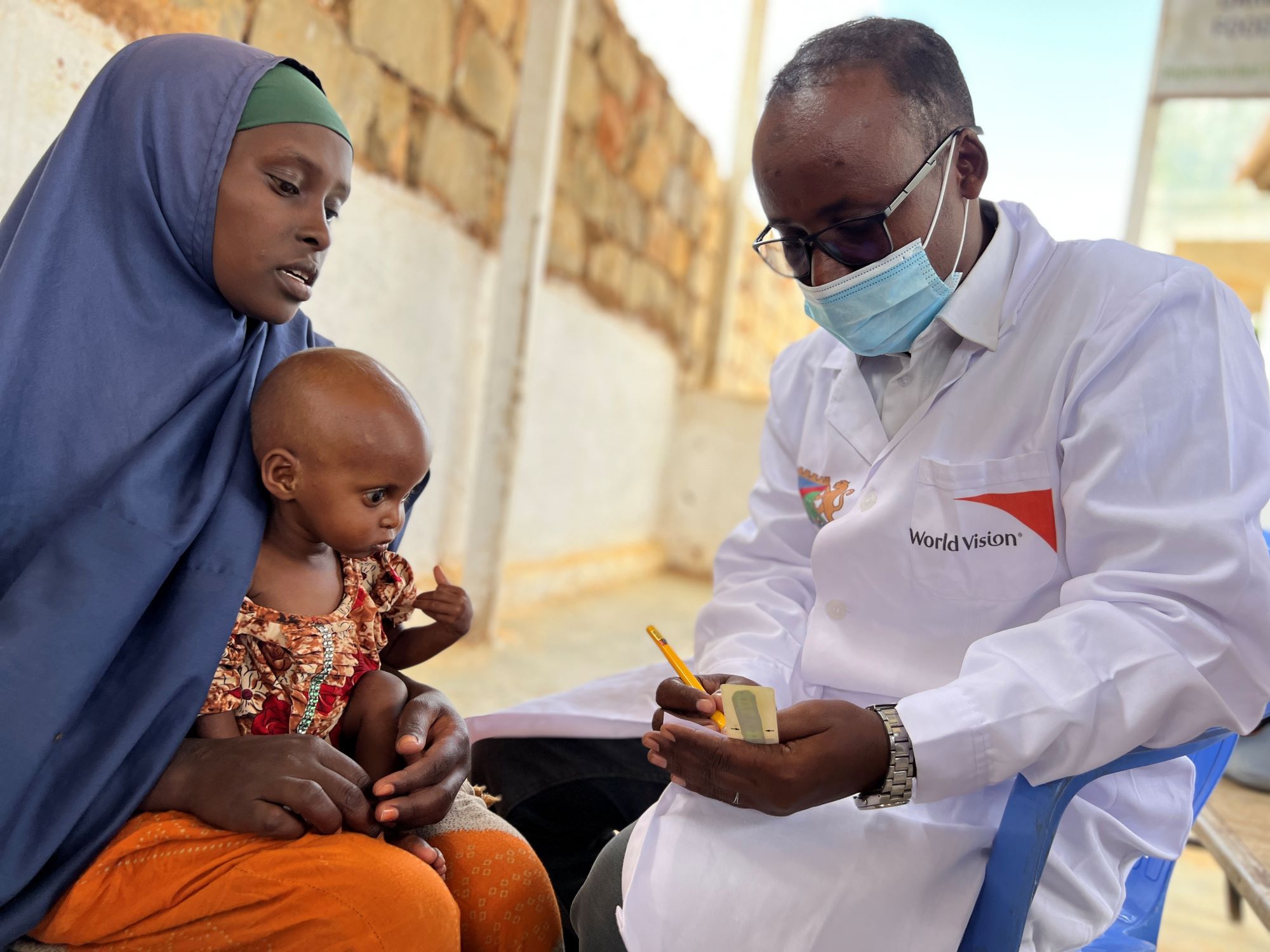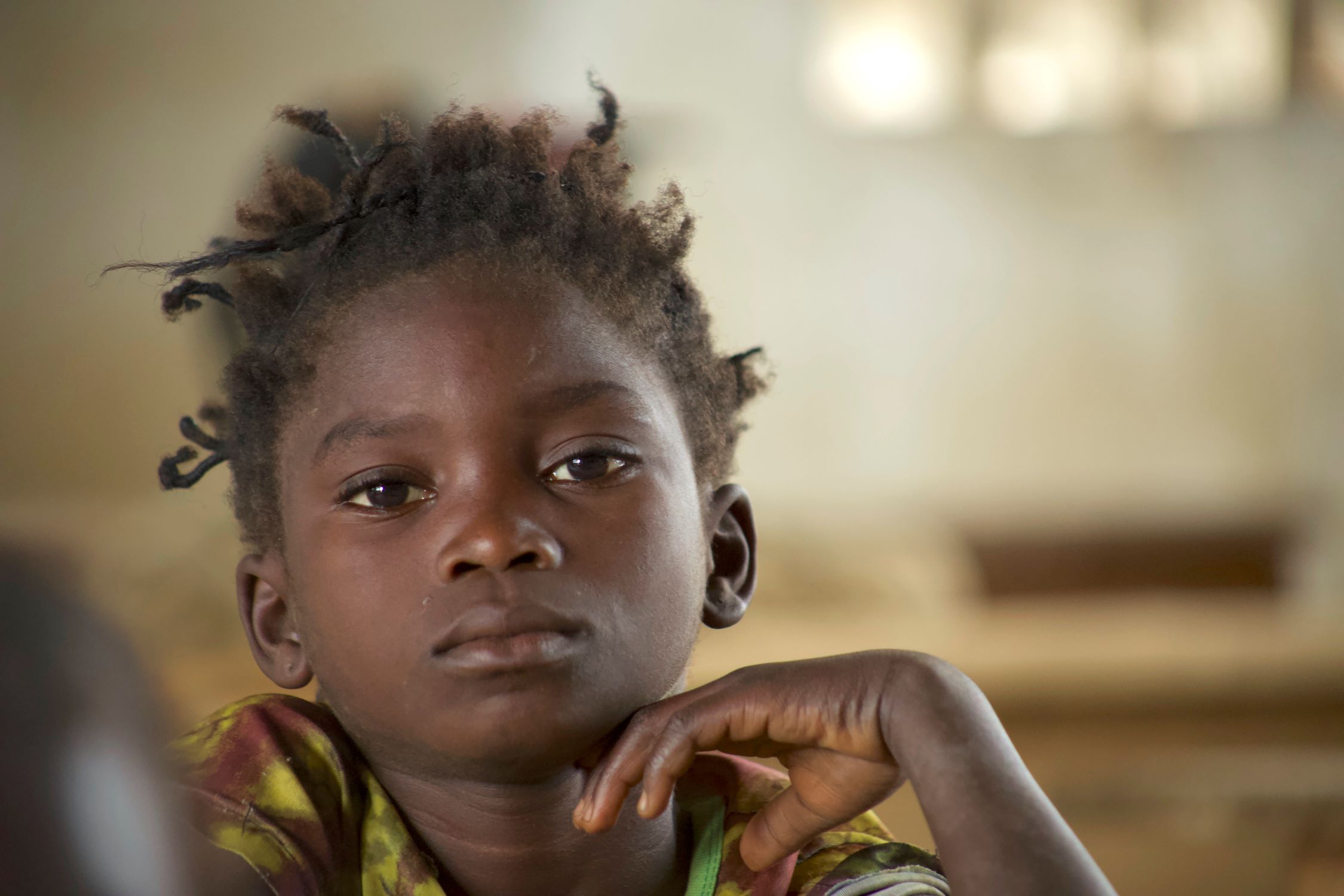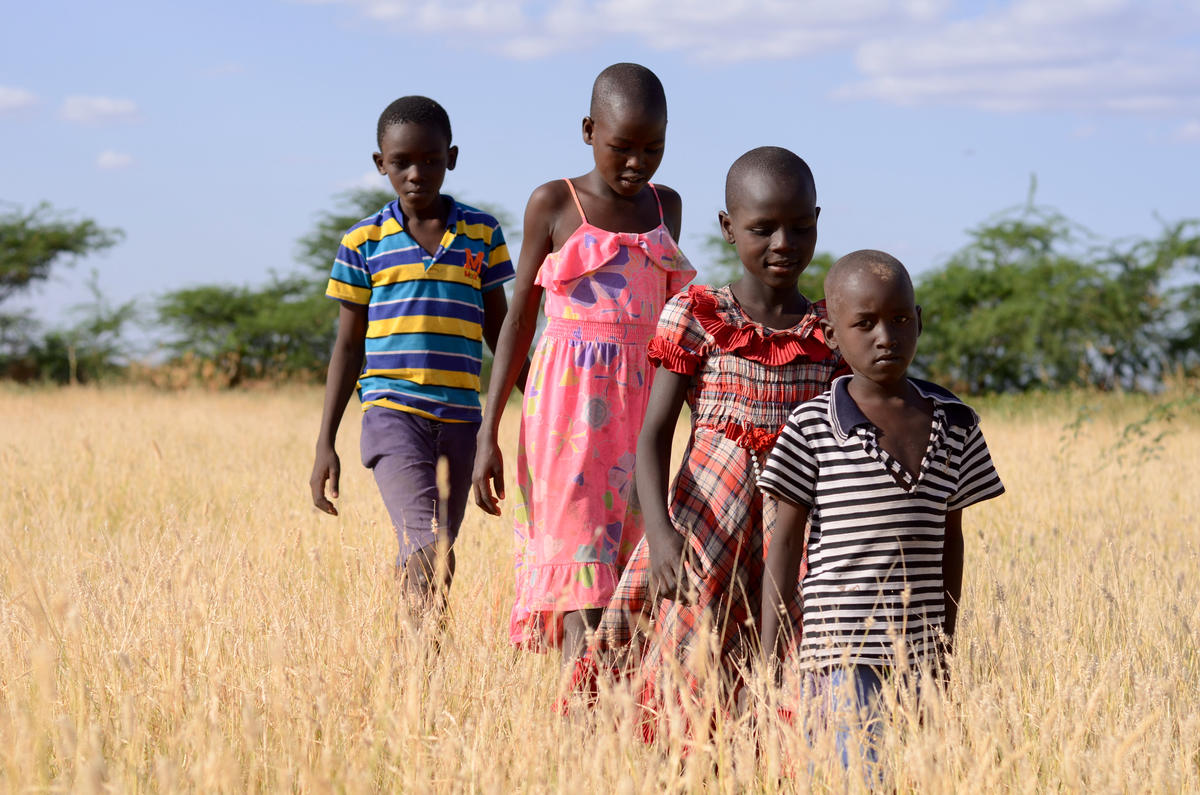
World Vision and the Global Hunger Crisis
45 million people are heading for starvation. But action now can change this.
45 million people – around half of them children – are at risk of starvation.
People across the world, especially those in the Horn of Africa, are facing hunger as the war in Ukraine, other conflicts, Covid and climate change create a global hunger crisis.
Food insecurity is a leading cause of wasting in children. It causes 45% of preventable deaths for those under five.
But we know how to turn the tide.
Last year alone, World Vision ran 365 projects in 29 countries, providing assistance to 12 million people (58% of which were children). Our work also helped to feed 684,000 children under five-years-old, and 173,000 pregnant women.
Over the last 10 years, 89% of the severely malnourished children we treated made a full recovery.
The reason we’re so effective is that we can mobilise locally to create the biggest impact.
And we’ve been doing it for over 70 years.

Crisis in East Africa
The Horn of Africa is facing its fifth consecutive season of drought, causing desperate hunger among millions of people.
The East Africa hunger crisis is happening right now. Drought is the enemy in Somalia. Faced with failed crops and severe water scarcity, hundreds of thousands of Somalis in rural areas are without food and water, and are forced to migrate to urban areas to survive the drought. In partnership with the World Food Programme, World Vision is implementing a year-long drought response project targeting nearly 9,000 vulnerable internally displaced people across over 450 sites in Baidoa. World Vision is distributing cards which enables recipients to receive cash or food when presented to World Food Programme-approved vendors.
In Somalia, there are also an estimated 1.5 million children under 5 years old who are facing the risk of acute malnutrition. This includes 386,400 who are likely to be severely malnourished by the end of 2023 if emergency aid is not delivered. Lack of enough food and water to ensure adequate nutrition for children, plus poor sanitary conditions from acute water shortages, are all contributing to increased cases of severe malnutrition in children. Aamina (pictured) at 12 months old measured a MUAC of 10.5 cm - meaning she has severe acute malnutrition.
READ MORE: East Africa hunger crisis

Food crisis
The Africa hunger crisis is forcing families to make choices no one should have to make.
In the Central African Republic (CAR), displaced people are forced to risk their lives in conflict or go hungry. Sometimes the risk of going out to find food is too dangerous due to ongoing conflict, but the risk of starving is equally terrifying.
"I don't eat every day because my mother has no money,” says eight-year-old Melvina, who was forced from her home and is now living at a site for displaced people in Bouar. “When I don't eat, I have a headache and a stomach ache and I can't go to school.”
In the Central African Republic, years of conflict between the government, armed rebels, and militias, who all stake a claim to various territories, means that almost two thirds of the country is in desperate need of humanitarian support.

Children like Melvina need everything from education to health clinics to safe places to play. But, even more important, is the critical need for food. Melvina can’t play with her friends on an empty stomach. And when she's hungry she stays home from school because she is too tired.
Malnutrition robs her of the chance to succeed, trapping her inside her own body. The decision to trade the risk of death in conflict for the risk of death through malnutrition is a choice no mother should have to make. But Melvina’s mother Zenou makes it daily, as she assesses the threats from every angle. In addition, a changing climate means crops aren’t even a certainty. “I try to cultivate the fields to feed Melvina,” she says. “But as the crops are not regular, it is sometimes difficult.”
What does World Vision do in these situations?
Our response differs greatly from country to country and community to community. It needs to be flexible for each community’s unique needs. This flexibility is even more important in fragile places like CAR, where conditions are always changing.
Even when conditions change, communities strive for self-sufficiency, so although our interventions might differ from place to place, the goal of stabilising a community and working towards self-sufficiency remains the same. Our experience has shown that, with the right support, even displaced communities in the grip of hunger can become strong and self-sufficient again.
And very often food is the first step.

A partner of the World Food Programme
As the largest implementing partner of the World Food Programme (WFP), World Vision has been a global leader in food assistance for years. Because we’re well-established and trusted in the regions where we work, we’re able to deliver food quickly and efficiently, preventing wide scale death and pulling children back from the edge of starvation.
Our feeding centres in CAR are no exception. “Thanks to WFP and World Vision, Melvina gets rations at school to take home,” says Zenou. “It helps us make ends meet.”
Child Friendly Spaces
But that’s not where Melvina’s journey with World Vision ends. Though crucial, food is just the first step towards strengthening communities. That’s why, in 2014, we launched Child Friendly Spaces across the country, where children can play and learn safely. In CAR these also serve as peace clubs, to help children like Melvina cope with the trauma of conflict and build social cohesion with their peers.
It’s why we facilitate workshops on child protection and work alongside faith leaders from multiple faiths to work together to care for children. And it’s why we’ve developed peacebuilding materials to use in classrooms.
But none of this is possible without food. If people are hungry and sick, their ability to engage in peacebuilding initiatives is hindered. Food can be what opens that first door towards a stronger community.
Right now, 45 million people are on the brink of starvation. But together we can make a difference to lives, like Melvina’s.


